
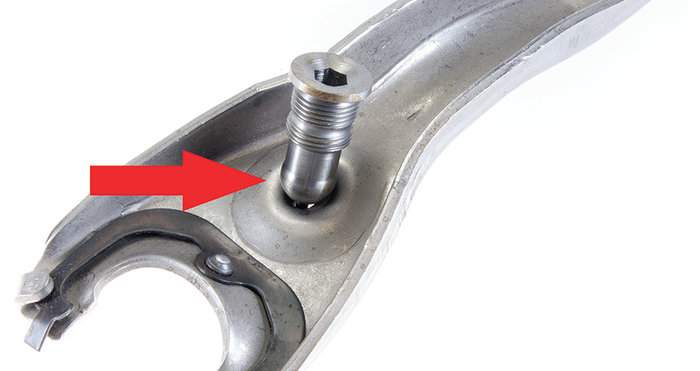


Knowing what the common issues are & understanding the options available to isolate & fix problems are the keys to success.
All transmission models have unique problems that are common to that model; JATCO CVT units are no exception. Technicians are facing an uphill battle when it comes to diagnosing and repairing CVTs if they don’t have the right information on hand. Knowing what the common issues are and understanding the options available to isolate and fix problems are the keys to a successful repair.
No matter the manufacturer, there is almost always an all-wheel drive (AWD) option.
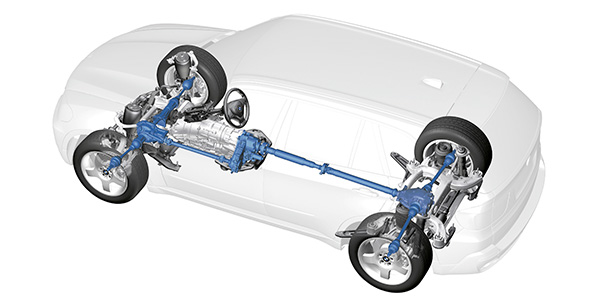
Parts that wear out must be replaced.
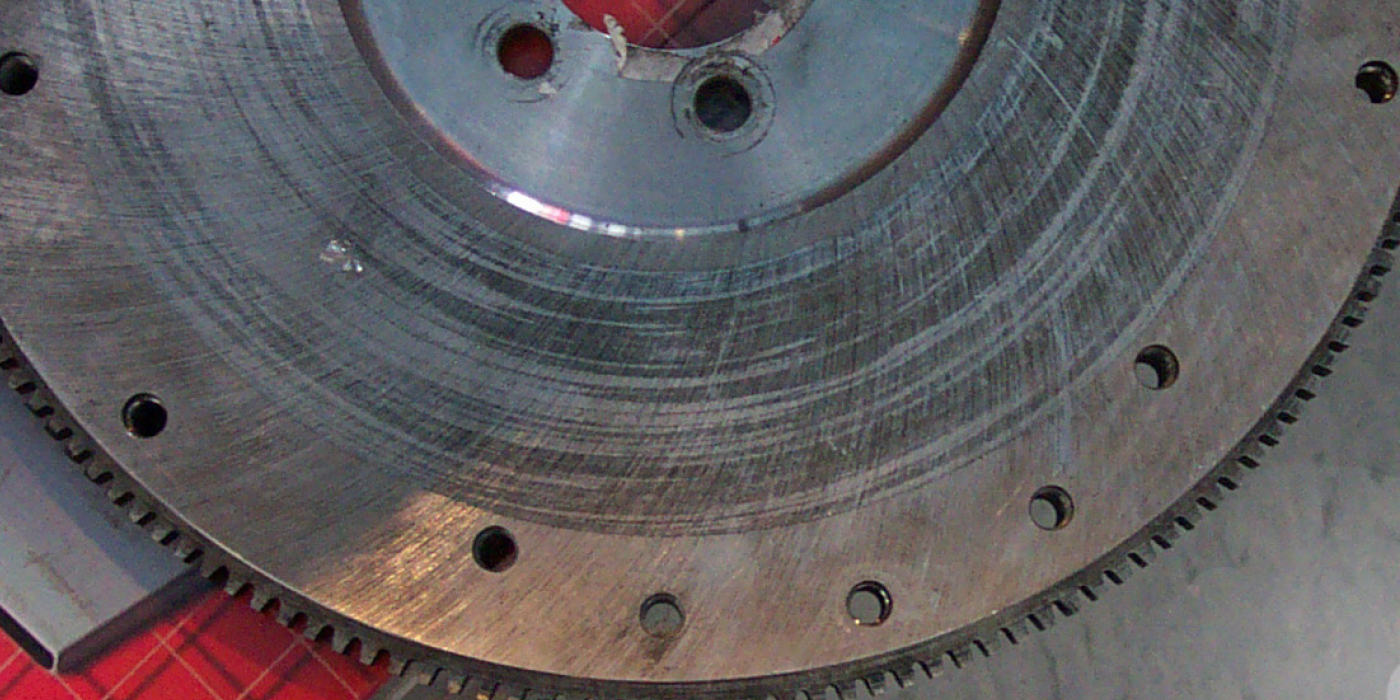
You need to know how transmission fluid flows inside an automatic transmission.
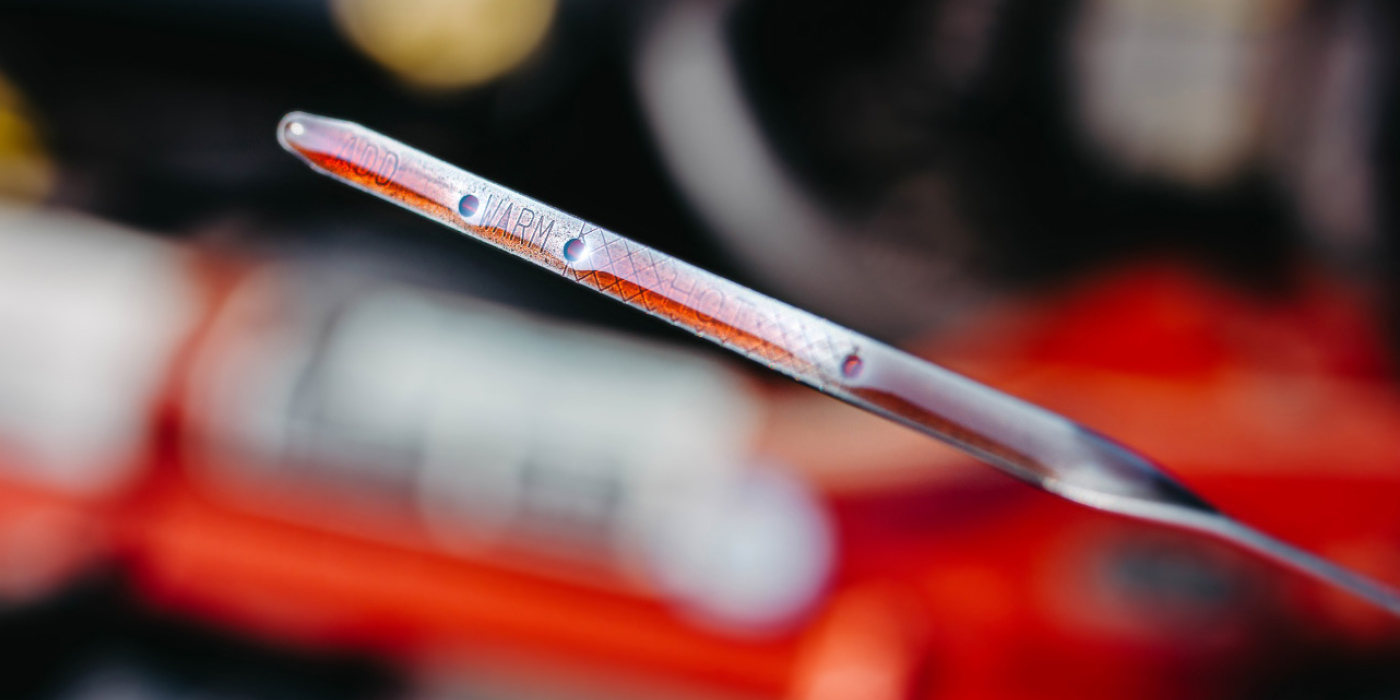
Can a bump set a wheel speed sensor code?
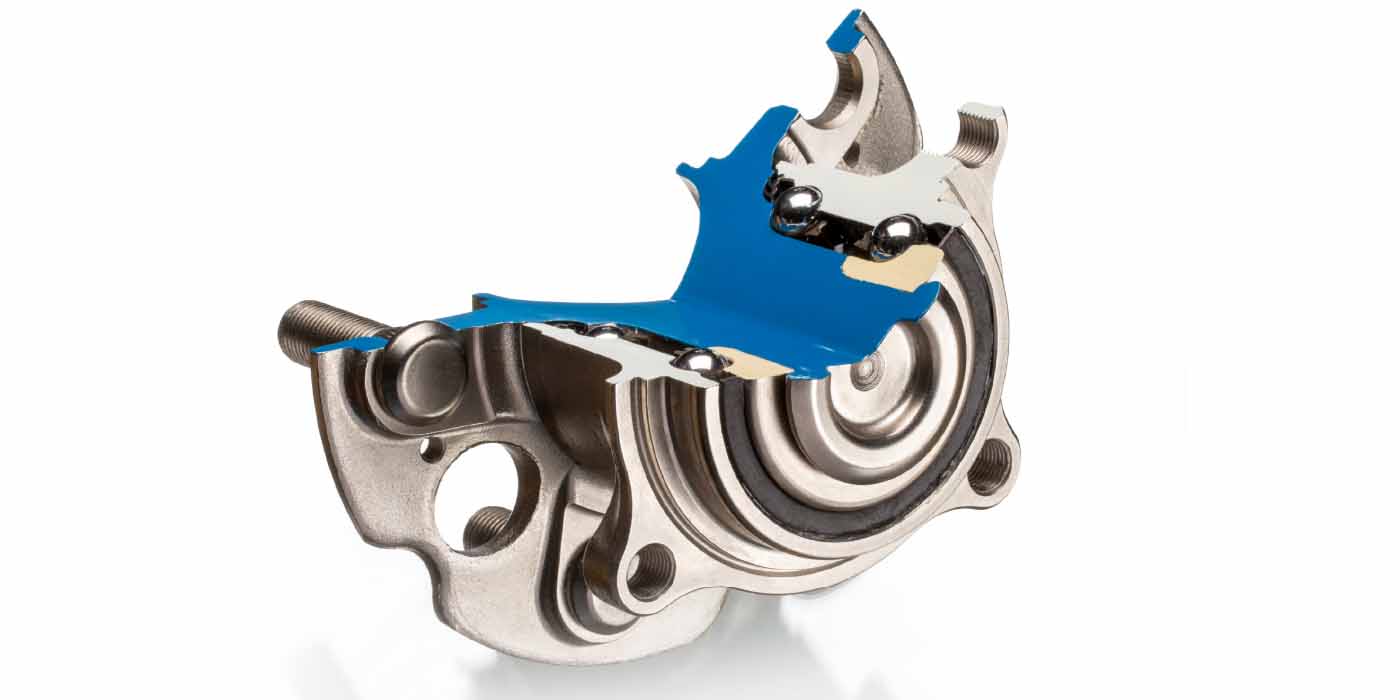
Guessing the correct torque setting is a bad idea.

Conroy shares insights into his career trajectory, the evolving landscape of the company’s aftermarket operations, and more with Bill.

Poor clutch release makes it difficult to start and stop the vehicle or change gears.
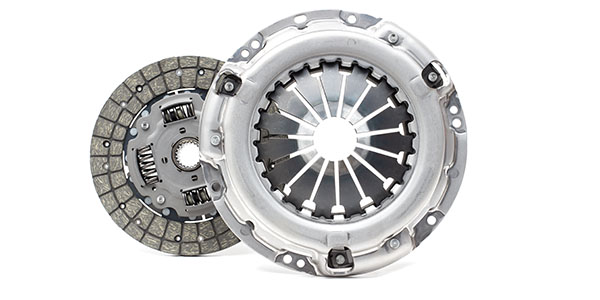
The company was named an award finalist for its eRocker System.